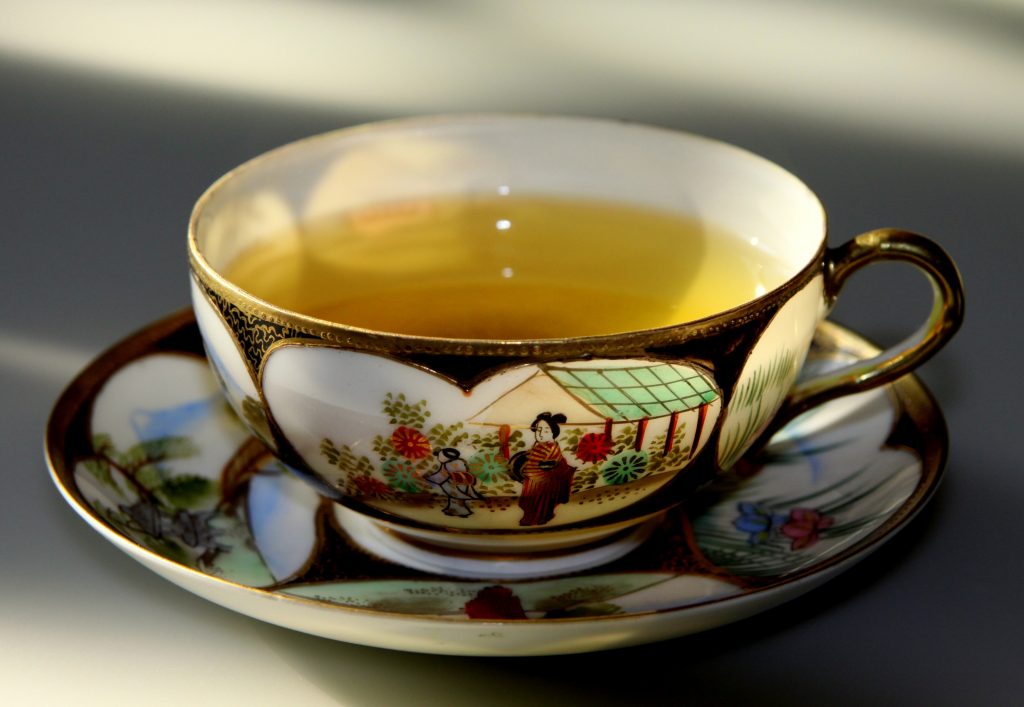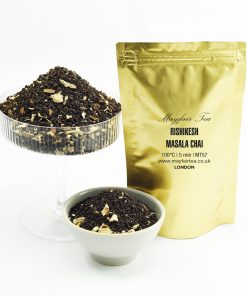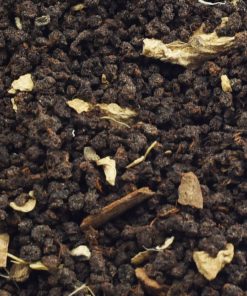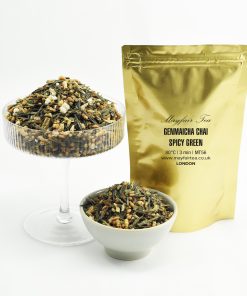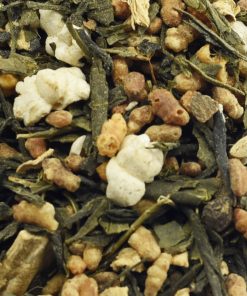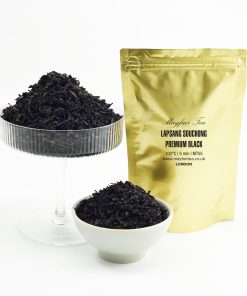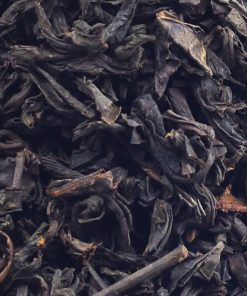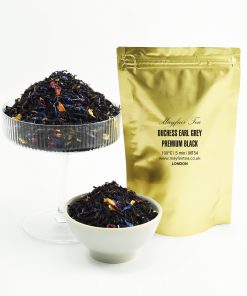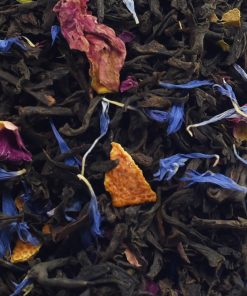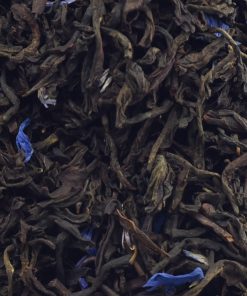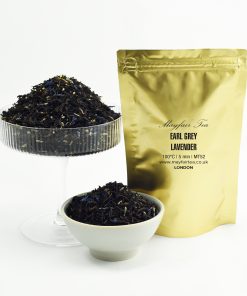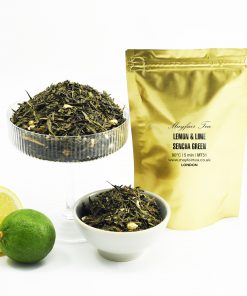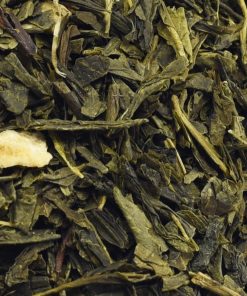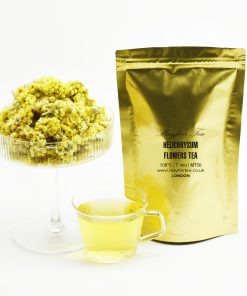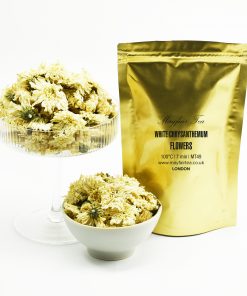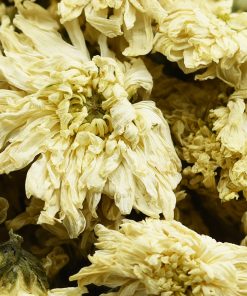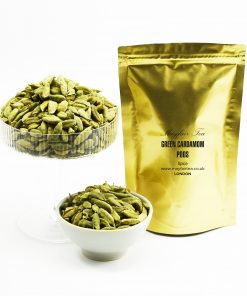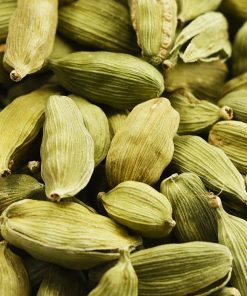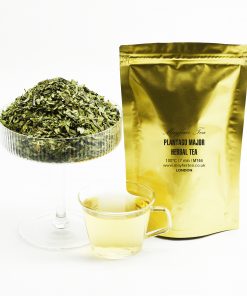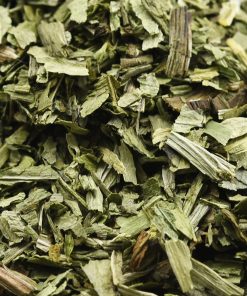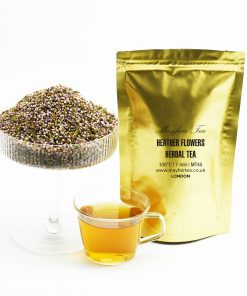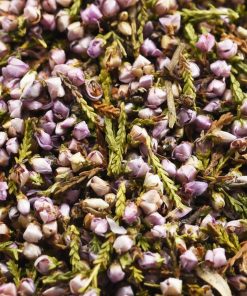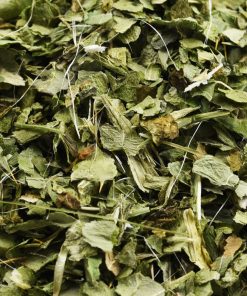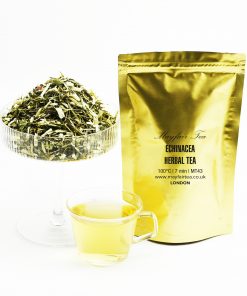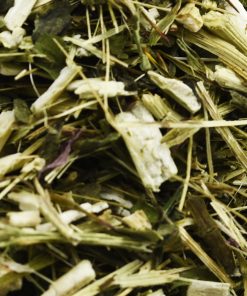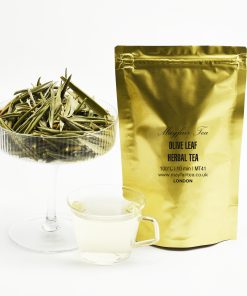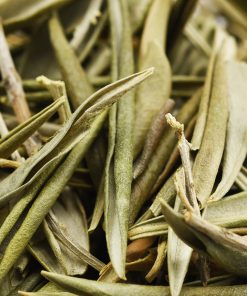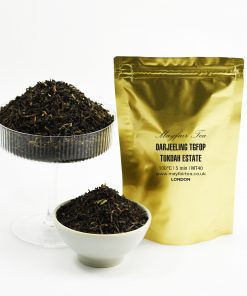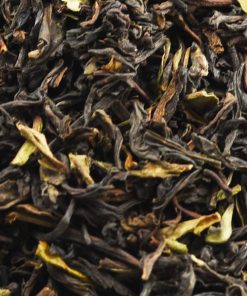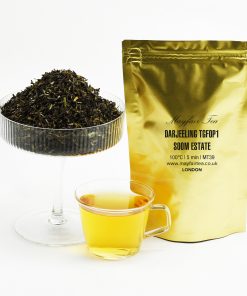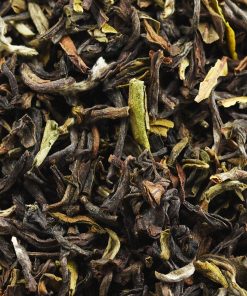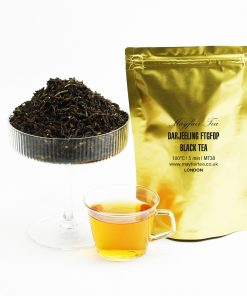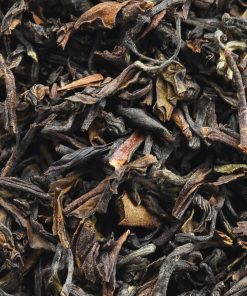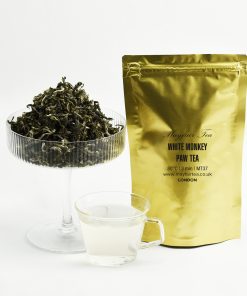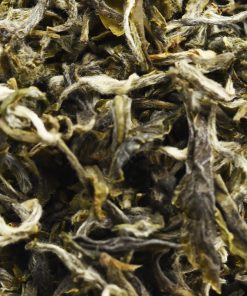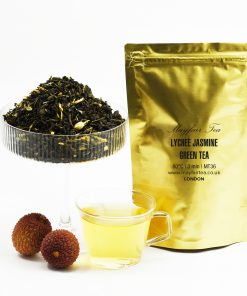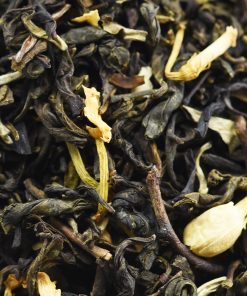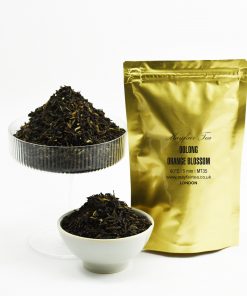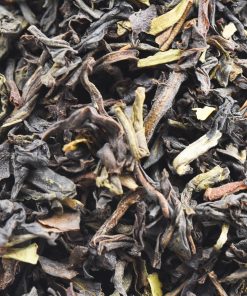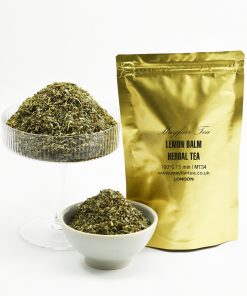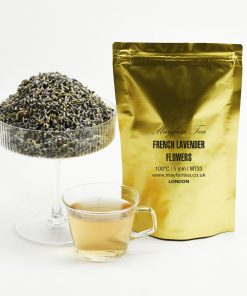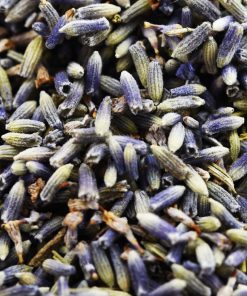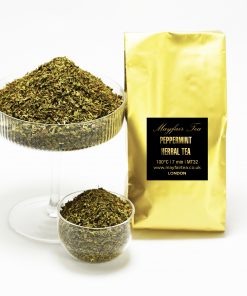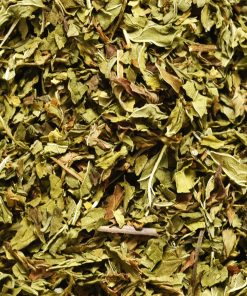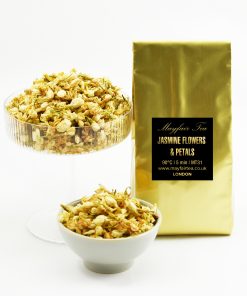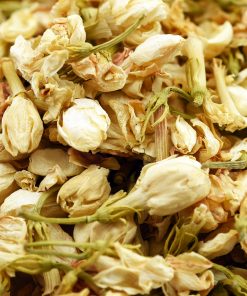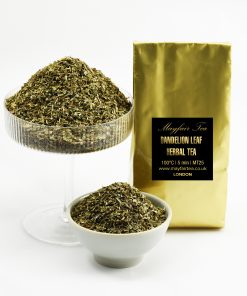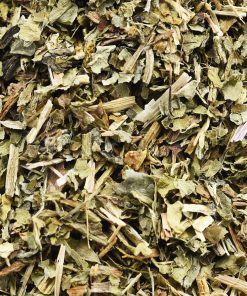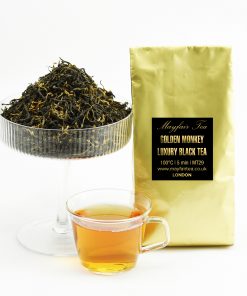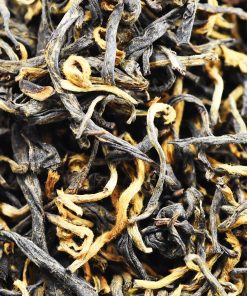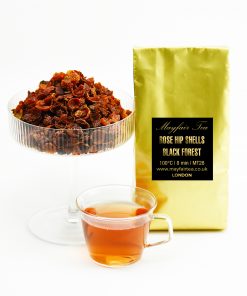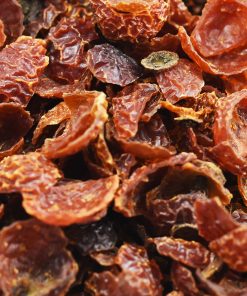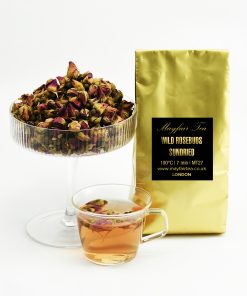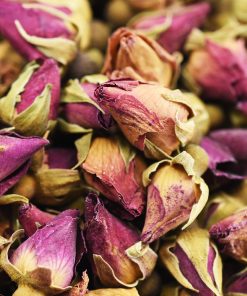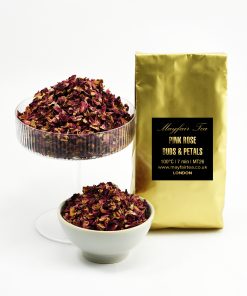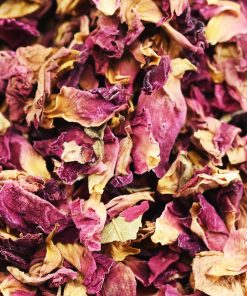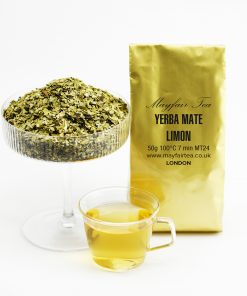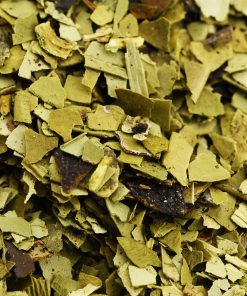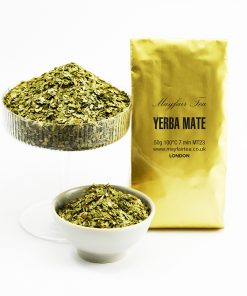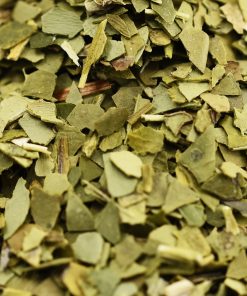Tea
Tea Traditions Around the World
Tea is the fermented beverage made from the leaf of Camellia sinesis and an array of other plants. It is made from two main types of plant: Camellia sinensis and other plants that are native to China, India, Sri Lanka, Nepal, Thailand and Vietnam.
There are three main types of tea: green (black), black (red), white (white).
Tea was first grown and domesticated in China about 5,000 years ago by nomadic tribes. For most of history it was consumed only by the rich.
The Chinese named a number of different substances “tea”: jiǔ (simplified characters for “green”), zhèngzhù (simplified characters for “black”), qímáo (simplified characters for “white”) and guānshì (simplified characters for “red”).
In China, where jiǔxīnjiào is the term used to describe green tea and jiǔxīnjiào refers to black or red tea, red tea is also called qímáo or bāzhào in Mandarin while bàzhào refers to white teas like oolong.
Some parts of the world designate all types as specific names: in Korea they use suijin or suijingwa which literally means “a type of white tea” but also refers to a specific kind of steamed bun/steamed bun cake which is sold at many local markets in Korea including dingyuk-dong.
A portion called nanshan tai uses a similar naming convention with fán being an abbreviation for Nanshan tai 源山茶; nanshan often means rice fields so nanshan tai is seen to be a whiskey type flavored kind of drink with rice liquor base that has been sweetened with sugar cane syrup or some other local sweetener.
And lastly we have cáishuōzǐ which literally means “tea bowl” but more commonly known as hòushòu 好水果 or hóushòu dìwei 黄花点 or xīngb
Tea origins
Tea has been consumed in a variety of different ways throughout history. The first evidence of tea’s existence dates back to 5,500 years ago. The earliest known Chinese emperor, Qin Shi Huang (also known as the “Mountain King”), ordered that his people must drink only tea.
The first written references to tea occur in the Ming Dynasty (1368-1644), when the Japanese Shogunate banned it from Okinawan shores. In 1794, the British East India Company established a tea monopoly in India and began importing the plant from China.
The Royal Society of London was founded in 1660 as an organization which was to promote scientific research and provide a forum for scientific discussion and debate. Its first meeting was to be held on May 21st, 1662, at the home of John Evelyn, one of its founders and an avid tea drinker. This meeting included Nicholas Fatio de Duillier, who was interested in proving that mixtures such as coffee and chocolate were poisonous. He is credited with suggesting that a new beverage called “tea” could be made by boiling up several different kinds of leaves together; this idea is known as teabaggin’, or “tea baggin’.
The South Sea Company became one of Britain’s most profitable trading companies during the Napoleonic Wars following Napoleon’s invasion of Russia.
In 1810, Captain Cook arrived on Tahiti for his third voyage around the world. Cook brought back samples of black pepper he had collected from Tahiti with him from Hawaii and introduced it to Europeans at a dinner he had provided for his crew; he also gave them two pairs of gloves each made from bird feathers.
Teas were introduced into Europe during the 17th century by English merchants who traded with Asia via colonial ports such as Calcutta. These traders brought tea back home with them but did not begin growing their own plants until after they returned home. The first instance of Chinese tea culture being mentioned in English is found in William Turner’s 1799 work A Philosophical Essay on Tea and Tea-Drinking: Being Particulars concerning China’s Manufacture, Preparation, Use and Consumption Thereof.
In recent years there has been some progress on uncovering more information about what exactly goes into making traditional Chinese black teas.
China Tea Ceremony
In this post, I will discuss the history of tea drinking, the tea ceremony and some places that consume it. I will also talk about the impact of tea on modern life and what makes it so special.
Starting with a historical perspective:
The Chinese have been drinking tea since ancient times, but only began to drink it as a beverage specifically for health reasons in the first century CE. The stories of how the Chinese first discovered this were hotly debated for centuries, but I will just say that it was mainly due to the writings of Lewis Thomas and Louis Pasteur (though Pasteur’s theories about germs were probably over-ambitious). In any case, people did drink tea in China long before Lewis wrote his book on it. The Chinese word for “tea” is jiaozi; jia means water, zi means food or diet. This is not quite how a Westerner would think of it; the word is actually written with more than one character meaning food or diet in Chinese (jiaozi / jiaozi / jiaozi).
The first written mention in English was by Roger Bacon (aka Roger Burbage) during his travels in China. He stated that there were two types of drinks available: “tea and wine”, which he thought came from different plants known as pueraria terebinthina and pueraria alba respectively. The true origin of both was still debated until late into the 20th century when evidence from geology showed that both plants were actually related to coffee plants:
Pueraria alba Pueraria terebinthina Pueraria alba Puella terebinthina watermelon coffee tree. There are two forms of pueraria: “white” and “black”. According to Bacon’s account, white pueraria was made by boiling white beans under pressure (not in water), while black pueraria was boiled using heat (in water). He also mentioned that people drank black puerarias under certain circumstances — presumably to calm them down before they went out into society — while white ones were drunk by women at home as a way of getting pregnant.
In 1606 William Coombe wrote an English translation from two Chinese texts describing a beverage brewed from fermented black rice called ‘pao chi’ which was supposed to cause “fertility”, “long life” and even ”
India Tea Ceremony
Do you have any idea what a tea ceremony is? I had no idea, until I spent some time in India last week.
Most people outside of India don’t know much about the history of tea. When we ask people if they’ve ever heard the term “tea” they are often confused and may think they are talking about coffee, which is a different thing altogether. Tea, however, is not just any kind of coffee. It is a very specific kind of beverage — hot or cold — made from two plants grown in southern India: Assam tea (Camellia sinensis) and Assam jasmine (Nepenthes species).
The Assam tea plant grows wild throughout southern India. It is relatively small, with shiny green leaves that are harvested during the monsoon season. In fact, it takes quite a long time to mature; it can take as many as four years to reach full maturity from the seed sown in January! As with most teas, you drink it hot or cold depending on your mood.
Assam jasmine has different leaves and then different flowers and then different fruits that grow on them over time: these are called “kasuri” (meaning “flowering”), “kanji” (meaning “fruit”), or “kirki” (meaning “garnish”). The fruit typically forms in early spring and by mid-summer will contain several juicy globs that are very sweet tasting. They can be eaten raw or cooked like any other fruit on earth, but the flavor and texture make them an ideal ingredient for making tea.
The most famous Indian tea ceremony occurs at Chhota Nagpur in Bihar state in north-eastern India near the border with Nepal — where dry Assamese leaves are harvested at their peak volume year round (and where thousands upon thousands of people still practice this ancient art). The Chhota Nagpur area produces approximately half of all Assamese teas sold worldwide; they cover 90% of the world market for Assamese teas by volume alone! And because most Indian farmers grow only one crop per year and have never sold anything but their own produce to anyone else before selling to us through market stalls and outlets like Lulu’s supermarket, there’s no mystery here: this region remains extremely backward economically compared to other parts of India. While growing Assamese teas is not necessarily sustainable for Indians living there today
Japan Tea Ceremony
In the last few weeks, I was fortunate to visit Japan for the first time. This trip was a chance for me to see tea in its many forms. I particularly enjoyed visiting with the Konbini family — who had built a beautiful store front teahouse in their quaint town. The Konbini family is dedicated to tea and lives by the philosophy that “tea is good for you”. For this reason, they have grown a small konbini (tea shop) in their basement:
The Konbini family is also involved with SADC (Southern Africa Development Cooperation), which has allowed them to expand their business tremendously in the last decade. They are now one of several dozen companies around the world that have successfully gone through an SADC procurement process and are now selling directly to consumers online or via Amazon Prime (and other places).
Russia Tea drinking tradition
In the fall of 2010, more than 1,000 cooks and tea lovers gathered in Moscow to celebrate the beginning of the Russian tea tradition. The three-day event was organized by the Committee of Tea Traders (COT), a trade organization that brings together tea lovers from around Russia. In addition to providing souvenirs and shopping opportunities for visitors, COT organized events such as lectures and seminars on topics ranging from traditional tea etiquette to the history and production of tea in Russia.
Antioxidants
Antioxidants
Antioxidants
Antioxidants
Antioxidants
Antioxidants
Antioxidants
Antioxidants
Antioxidants
Antioxidants
Antioxidants
Antioxidants

